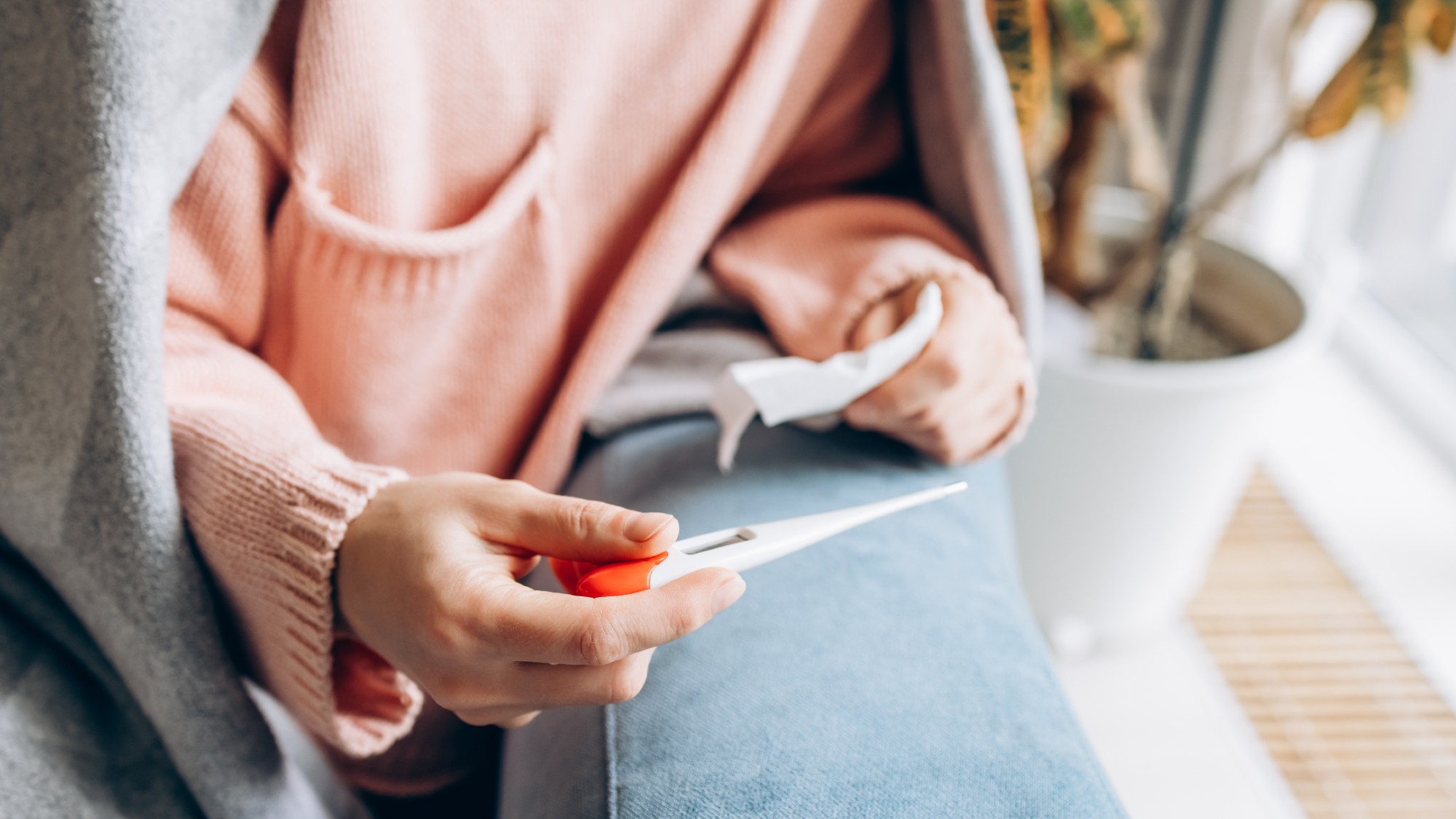Review of reviews: Art
Archive Fever: Uses of the Document in Contemporary Art
Archive Fever: Uses of the Document in Contemporary Art
International Center of Photography New York
Through May 4
The Week
Escape your echo chamber. Get the facts behind the news, plus analysis from multiple perspectives.

Sign up for The Week's Free Newsletters
From our morning news briefing to a weekly Good News Newsletter, get the best of The Week delivered directly to your inbox.
From our morning news briefing to a weekly Good News Newsletter, get the best of The Week delivered directly to your inbox.
This exhibition takes on racism, terrorism, totalitarianism, and the Holocaust, said Carly Berwick in Bloomberg.com. “It’s a bummer of a show—and essential viewing.” Works by two dozen artists analyze how visual media affect the way we remember the past. Almost since the invention of photography, artists have realized that photographs aren’t quite a reliable reflection of reality. “People inevitably get in the way of facts, manipulating them, avoiding them, or flat-out denying them.” The earliest work on display, Andy Warhol’s Race Riot (1963), frames a news image from Life magazine of dogs lunging at civil-rights demonstrators. “It’s chilling and somehow impassive, a grainy snapshot of American culture.” Hans-Peter Feldmann’s 9/12 Front Page (2001) is a room-size installation of front pages from the world’s major newspapers the day after the attacks on the World Trade Center. “Arranged together, without commentary, the front pages hit the gut, not the mind.”
Feldmann’s work is the exhibition’s “showstopper,” said Jerry Saltz in New York. “As the attacks are multiplied, you’re reminded of how the entire world witnessed not just destruction but something akin to annihilation.” Unfortunately, few other works in Archive Fever match this high standard, and many advance simplistic political agendas rather than challenge the viewer. “Several pieces here, with manipulative or melodramatic content involving images from Bergen-Belsen or video of Eichmann, border on cheap shots.” It takes time to find the quieter, more intimate works. Anri Sala’s video Intervista, for instance, shows the Albanian artist and his mother watching film of her speaking at a Communist rally 30 years earlier. “The empty platitudes” she spouts horrify them both. “This is a portrait of a son and his mother peering into a vacant place in the mother’s soul and a nation’s history.”
A free daily email with the biggest news stories of the day – and the best features from TheWeek.com
-
 How dangerous is the ‘K’ strain super-flu?
How dangerous is the ‘K’ strain super-flu?The Explainer Surge in cases of new variant H3N2 flu in UK and around the world
-
 Who is The Liz Truss Show for?
Who is The Liz Truss Show for?Talking Point Former PM’s new weekly programme is like watching her ‘commit a drive-by on herself’
-
 Codeword: December 9, 2025
Codeword: December 9, 2025The daily codeword puzzle from The Week
-
If/Then
feature Tony-winning Idina Menzel “looks and sounds sensational” in a role tailored to her talents.
-
Rocky
feature It’s a wonder that this Rocky ever reaches the top of the steps.
-
Love and Information
feature Leave it to Caryl Churchill to create a play that “so ingeniously mirrors our age of the splintered attention span.”
-
The Bridges of Madison County
feature Jason Robert Brown’s “richly melodic” score is “one of Broadway’s best in the last decade.”
-
Outside Mullingar
feature John Patrick Shanley’s “charmer of a play” isn’t for cynics.
-
The Night Alive
feature Conor McPherson “has a singular gift for making the ordinary glow with an extra dimension.”
-
No Man’s Land
feature The futility of all conversation has been, paradoxically, the subject of “some of the best dialogue ever written.”
-
The Commons of Pensacola
feature Stage and screen actress Amanda Peet's playwriting debut is a “witty and affecting” domestic drama.